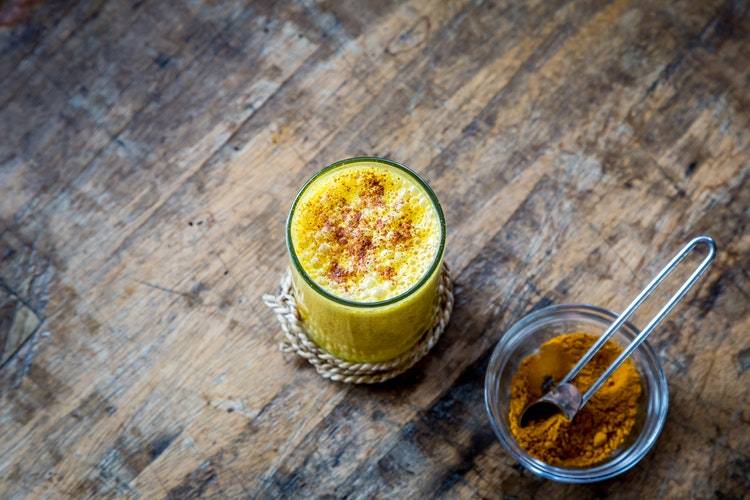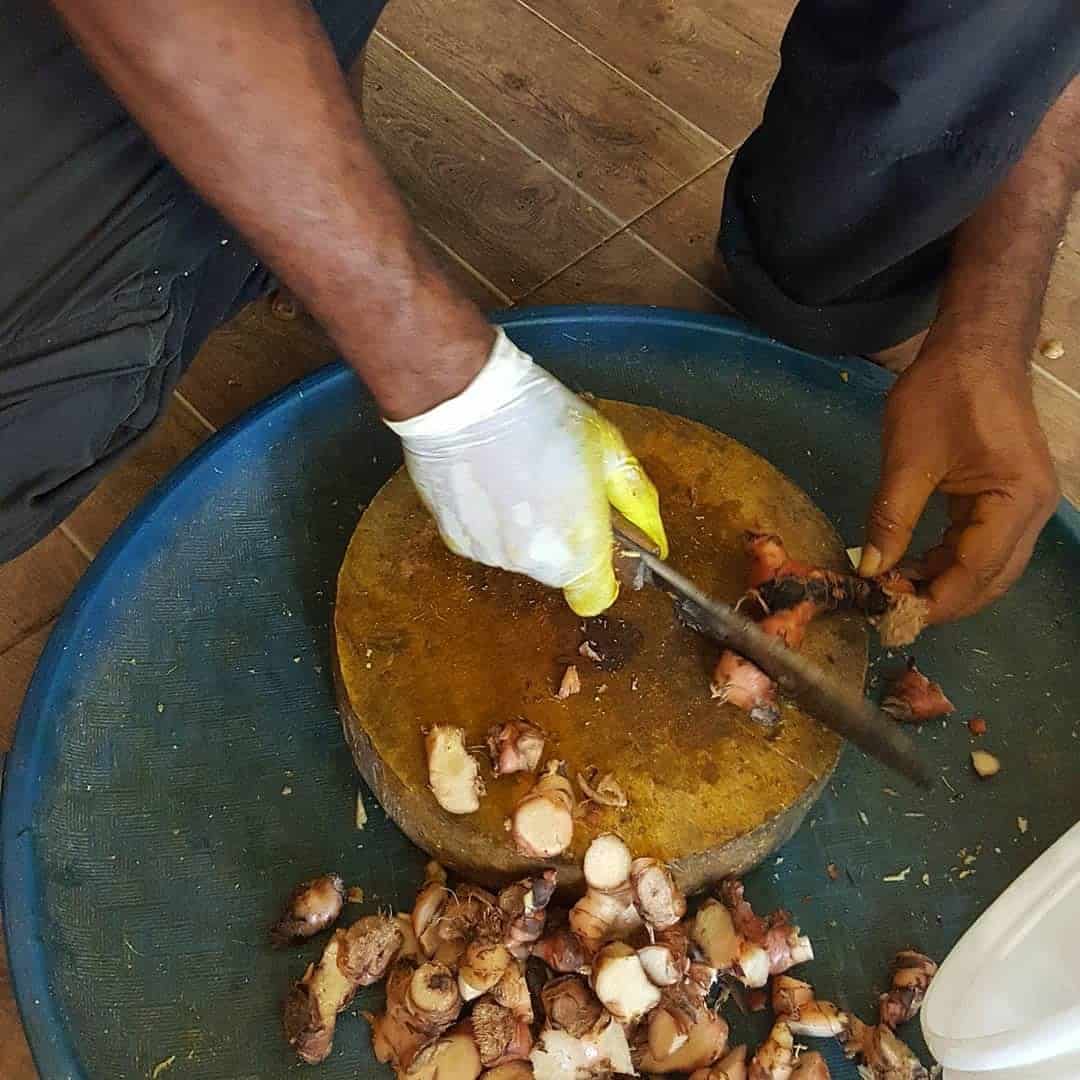
Turmeric comes from the turmeric plant and is mostly used as a spice. It is commonly used in Asian food as the main ingredient in curry. It is also used to add flavour to different types of food. But it is not just used in food since they can be taken as a supplement and its component can even be found in essential oils.
History of Turmeric
Turmeric or also known as Rhizoma Curcumae Longae is a native flowering plant to the Indian subcontinent and later reached different places such as China, East Africa, and West Africa. According to some historical research, It’s exact origin is still unknown. But despite that matter, some experts have concluded that it originated in the tropics of Southeast Asia.
Countries such as Indonesia, India, Indochina, and Hawaii are found to have the turmeric tree. These countries also have their own traditional healing and medicinal uses for the turmeric that goes back to pre-history.
Regardless there are more than 40 to 45 species of Turmeric. So, wherever was the exact origin of “Indian Saffron” or Turmeric, ancient scripture says that this was the most important plant back in 4000 BC because of its multiple uses. The ancient people used it in many different aspects of daily life.
India mostly uses this as herbal medicine to improve digestion and intestinal flora and even to eliminate worms, relieve gas, normalize menstruation, and strengthen the gallbladder and liver. It was and even is used in religious ceremonies and offerings.
The ancient Hawaiians used this herb to treat sinus and ear infections, and gastrointestinal ulcers. Throughout Asia, this herb is used as a food both raw and cooked and even used as a cloth dye.
4000 years ago, the turmeric plant was used as a medicinal substance and was also used as a spiritual object. Today, turmeric can be found in essential oils distilled from the turmeric rhizomes or root stalks that provide its users emotional and physical benefits.

Uses of Turmeric
It is for sure that most of us are familiar with the fact that this herb can be used for culinary purposes. But aside from this, Turmeric’s use as a medicine is becoming very popular in modern culture. In many Asian countries, it is used daily as a spice. It is even used in traditional Chinese medicine and Indian Ayurvedic medicine.
Natural Healing
Turmeric is being used as a medicine for different kinds of ailments. For skin infections, sprains, insect bites, and swellings, and as an anti-inflammatory. Curcumin is the main active ingredient in this herb and contains powerful biological properties. In India, the people mostly use it to treat a variety of health conditions which includes inflammation and chronic pain. Western medicine, on the other hand, has also begun to study this herb as a pain reliever.
According to herbal medicine, it can also be used in treating indigestion, diarrhoea, and flatulence.
Aside from the topical and oral medication, dry turmeric was also being used in India to fight off coryza and sinusitis by means of inhaling the fumes of burnt dried turmeric. Then in the Indian countryside, the local medicine woman uses the herb’s powder as an antiseptic to the umbilical cord of babies.
Turmeric and Kutus Kutus Oil
In Kutus Kutus oil the turmeric is bought in from the farmers fresh every day then is cut and lightly pounded to then be added to the coconut oil as part of the first process of making the oil.
As a matter of fact, a tablespoon of this herb will give you loads of essential minerals like calcium, magnesium, potassium. Also, it was said that it is a good source of zinc, vitamin C, vitamin B6, and fibre.
And just like what was mentioned in the first half of this article, it is also known as an alternative medicine to several ailments. In China and India, this herb is used as an anti-inflammatory not just for oral applications but for topical.
This is made possible due to the curcumin content of this herb that gives a comparable effect that synthetic drugs provide.
But according to experts, this herb is way better to be taken than the over-the-counter medicines because it doesn’t produce a toxic effect that may result in allergic reactions, ulcer formation and increased bleeding.
So, to maximize the benefits of what the wonderful herb will offer you, include Turmeric in your diet. A daily Turmeric Latte with some coconut milk or Almond Milk apart from the great taste has some healing merit as well.

How to include Turmeric in Your Diet
This herb can also be used and taken in different ways. As a tea, in a capsule, supplements, and even used as an essential oil for external applications as in the magical Kutus Kutus Oil, and The beautiful TanamuTanami Oil.
In food, you can add it as a spice mixture such a barbecue rub or a curry. It can also be made as a homemade dressing which includes oil, vinegar and the turmeric. And, as an added ingredient in marinades.
Drink Turmeric Tea
Turmeric tea is the most effective way to drink this spice and one of the most popular way to consume it. You can brew it using grated turmeric root or use pure powder.
Benefits of Turmeric
Reduce arthritis symptoms
A 2017 study on 206 American adults found that the use of turmeric tea reduces the symptoms of rheumatoid arthritis.
Improve immune function
Curcumin is also popular in boosting immune function with antibacterial properties, antioxidant, antiviral, and anti-inflammatory properties.
Possible protection against gallstones and liver damage
Studies have also supported the use of turmeric against liver damage. The benefits of curcumin provide increased production of the digestive fluid bile while protecting liver cells.
Has the potential to relieve pain
Turmeric may bring pain relief and could also help relieve arthritis pain according to a study.
Boosts skin health
Used in cosmetic applications, this herb may help in clarifying, calming, strengthening, nourishing, cleansing, invigorating, and exfoliating the skin. It also has anti-inflammatory and antibacterial properties. This essential oil can even help in acne treatment.
To greater health!


